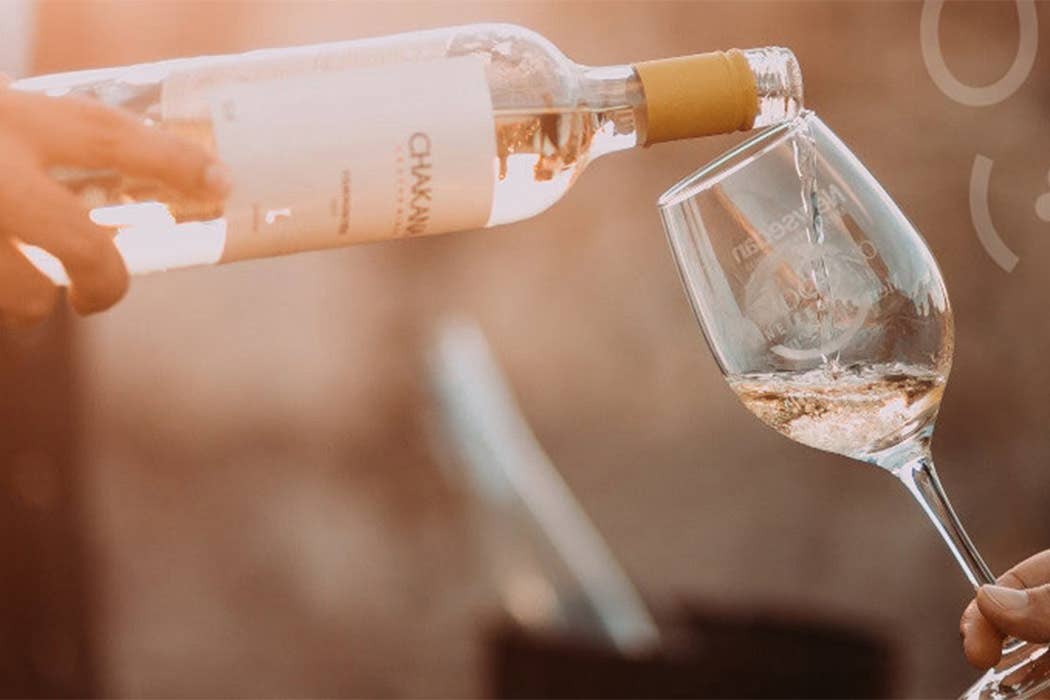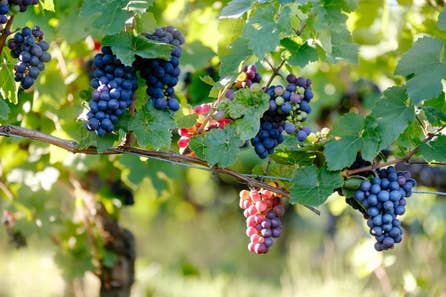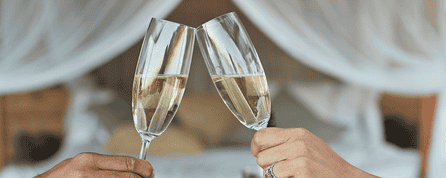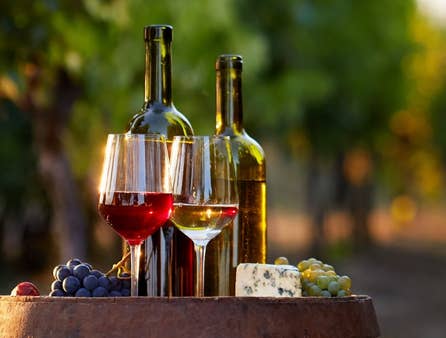Rosé wine guide
Rosé is the ultimate anytime, anywhere wine. Light, sweet and fruity yet crispy. Here’s how to shop for your next vibrant, refreshing drop.

Rose is growing in popularity—for good reason. Whether you like it crisp and dry or a little on the fruity side, there’s a Rose for every occasion (yes, even winter).
From backyard BBQs to lazy Sunday afternoons, this refreshingly pink drop is always a great addition to drink on its own or with delicious kai.
Let’s dive in and find the perfect bottle for you.
What type of wine is Rose?
Rose strikes the perfect balance between red wine and white wine while standing out as a distinct and beloved style in its own right.
It can be dry or sweet, still or sparkling, with flavours ranging from crisp and citrusy to juicy and fruity, making it a versatile choice for any occasion.
Rose flavours, taste and tips
Strawberry | Watermelon | Citrus | Rasberry |
What does Rose taste like?
Within the world of Rose you will find two distinct styles: Blush Rose and Dry Rose.
Blush Rose
The term "blush" refers to the pale pink colour, which comes from gently pressing the grapes. The brief contact gives the wine a light pink or "blush" color, but not as deep as a traditional Rose.
Blush often uses grapes like Pinot Noir, Merlot, or Syrah, and results in a lighter, fruitier wine that’s slightly sweeter or less intense than drier Roses.
Dry Rose
Dry Roses are less sweet, usually darker in colour, with more of the flavours associated with red wine. You’re likely to find more acidity in a Dry Rose compared to a Blush, balanced with more intense fruit flavours.
Because of the diverse varietals used to make Dry Rose, this group of wines varies considerably in intensity, body and flavour. Think vibrant strawberries, raspberries, dark plums and black boy peaches.
Dry or sweet Rose?
Rose can wines range from dry to sweet, with the driest styles offering crisp acidity and refreshing, subtle fruit flavours.
As the sweetness increases, the wine becomes what winemakers call, ‘fruit-forward’, with notes of berries and sometimes a touch of sweetness.
Whether you prefer a bone-dry, zesty Rose or a slightly sweeter, fruitier option, there’s a Rose to suit each taste.
Related: Read our guide to sweet wines
Storing and serving
|
|
|
Before openinig: | Once opened: | Serving: |
| Store in a cool, dark place, at 7-13°C. Enjoy within 1-3 years of harvest. | Store in the fridge and drink within 3-5 days. Or 2 weeks if used for cooking. | Best chilled. Put in the fridge or ice bucket 2-3 hours before serving. Open just before serving. Use a white wine glass to make the most of the aromas. |
Pinot Gris average nutrition in 150ml glass (1 serving)
Alcohol 10% to 13% | Calories 100 to 130 | Sugar 1.4 grams (Depending on style; dry Rose will be on the lower end) | Carbohydrates 3-5 grams |
How much do I spend?
$15–$20 will get you a solid, enjoyable Rose for casual occasions. For a more refined or complex Rose, expect to pay around $20–$30, offering better balance and complex flavours. If you're looking for a top-tier Rose, you can find excellent bottles in the $30–$40 range, often from premium regions like Central Otago or Martinborough. Read our wine pricing guide for more.
Rose food pairing
Rose is incredibly food-friendly, pairing with everything from light salads and seafood to grilled meats and spicy dishes. It comes down to how dry or sweet your bottle is.
Dry Rose complements Mediterranean flavours, sushi, and roasted vegetables, while fruitier styles can work well with spicy Thai or Mexican cuisine.
If you’re enjoying a sweeter Rose, try it with cheese, barbecue food, or fruity desserts.
Sparkling Rose is perfect for celebrations (of course) but also goes beautifully with fried foods, oysters, or even pizza.
Related: Learn the basics of matching wine and food.
Rose compared to other wines
Rose versus red wine
Rose is lighter, crisper and fresher than red wine, with less tannin, making it a great choice for warm weather and easy drinking.
Rose versus white wine
While white wine is made from green or yellow grapes, Rose comes from red grapes with minimal skin contact, giving it more red fruit flavours while staying just as refreshing.
Rose versus white Zinfandel
White Zinfandel is a type of Rose, but it’s usually much sweeter and fruitier, whereas most Rose wines are dry or off-dry with a more balanced acidity.
FAQs
Rose is made all over the world, with famous regions including Provence (France), Spain, Italy, and California. New Zealand, Australia, and South America also produce excellent Rose wines.
New Zealand Rose is typically fresh and fruit-driven, but flavours depend on where it’s produced.
In Hawke’s Bay, most Rose is made from Merlot or Syrah, creating a fuller-bodied wine with spicy, full flavours. Marlborough’s Rose, primarily crafted from Pinot Noir, is known for ripe berries and stone fruit notes. In Central Otago, Pinot Noir Rose thrives too, but the cooler climate and unique terroir bring out flavours of cherry, strawberry, raspberry, and a hint of herbs.
Rose is made in various ways, but the common method is when winemakers allow red grape skins to briefly touch the juice, usually for a few hours, giving it its signature pink hue. Rose has a lighter, crisper flavour than its red wine counterparts.
In New Zealand, it’s often crafted from Pinot Noir, Syrah, and Merlot.
No, most Rose wines are not a blend of red and white wine—except for some styles of sparkling Rose, where blending is allowed.
Check the label—it could say "off-dry" or "sweet", while "dry" suggests a crisper style. Darker Roses can sometimes be fruitier, but colour alone isn’t a reliable indicator.
Not at all! While often lighter in body than red wine, Rose still packs a punch with plenty of flavour and acidity, with alcohol levels similar to white wine.
Red wine has more antioxidants due to longer skin contact, but Rose still contains beneficial polyphenols while being lower in tannins and often lower in alcohol.
Rose is best served chilled, to give it that refreshing, crisp bite. Put it in the fridge 2-3 hours before serving.
Read our guides to serving wine and storing wine.













